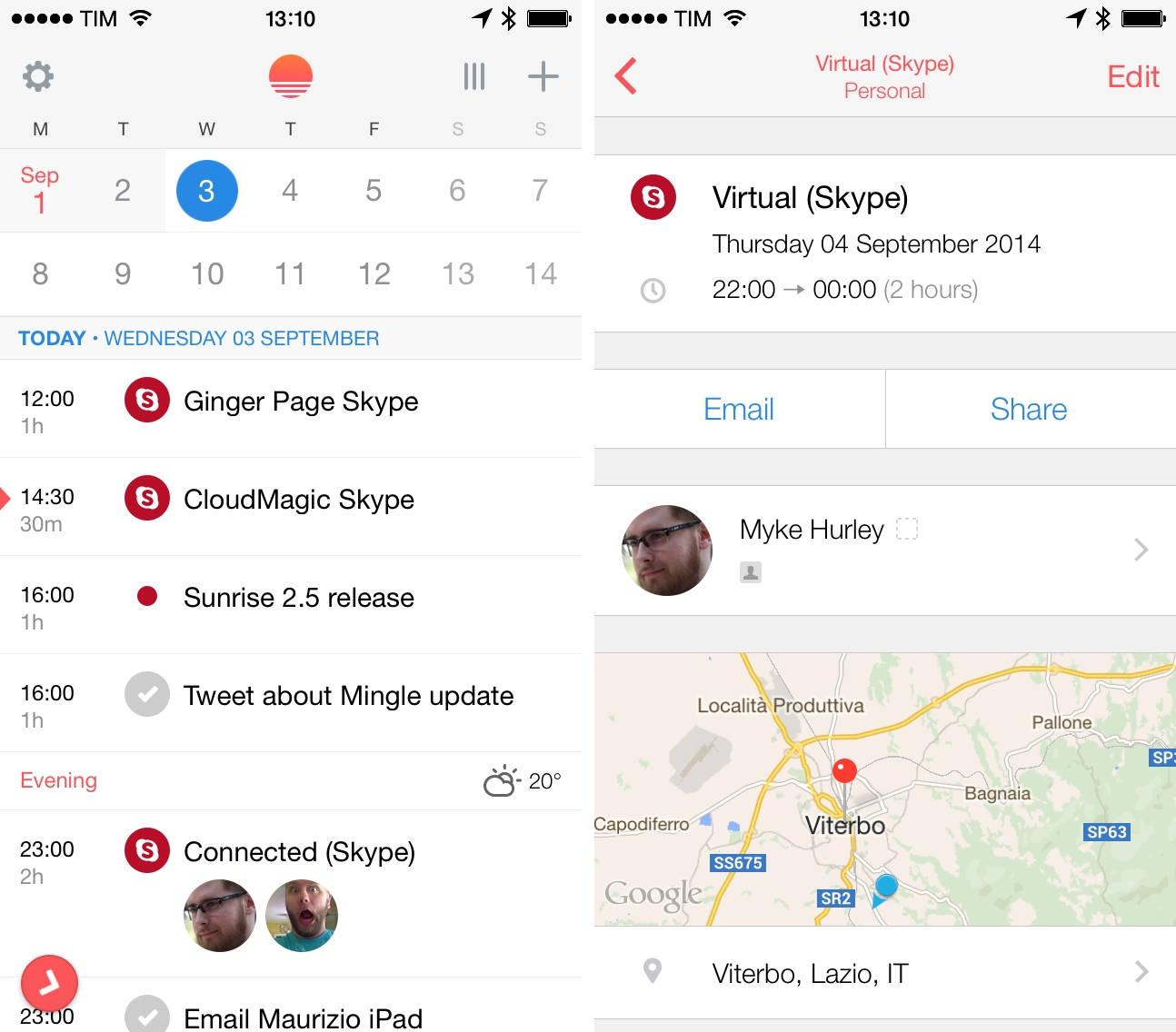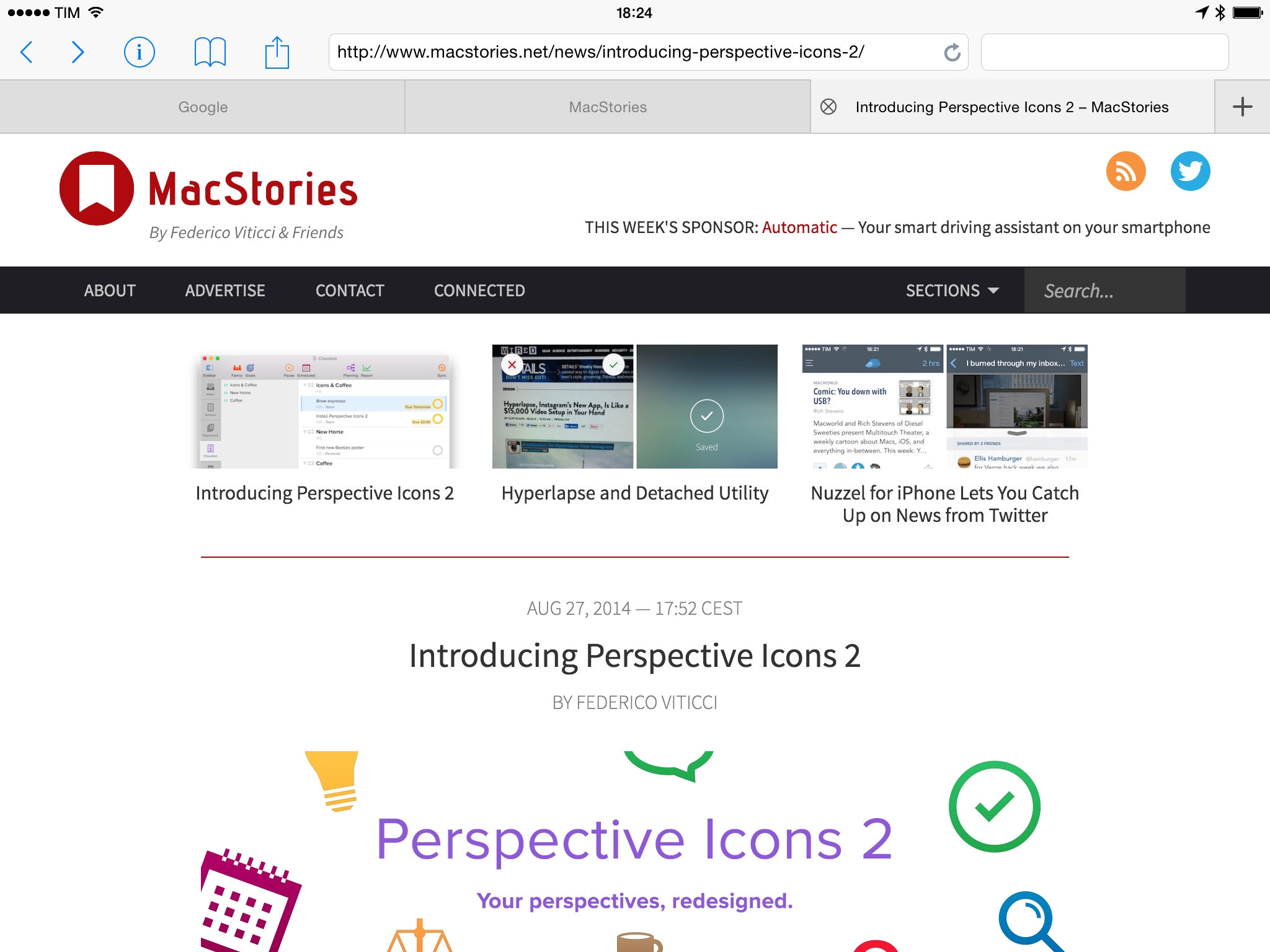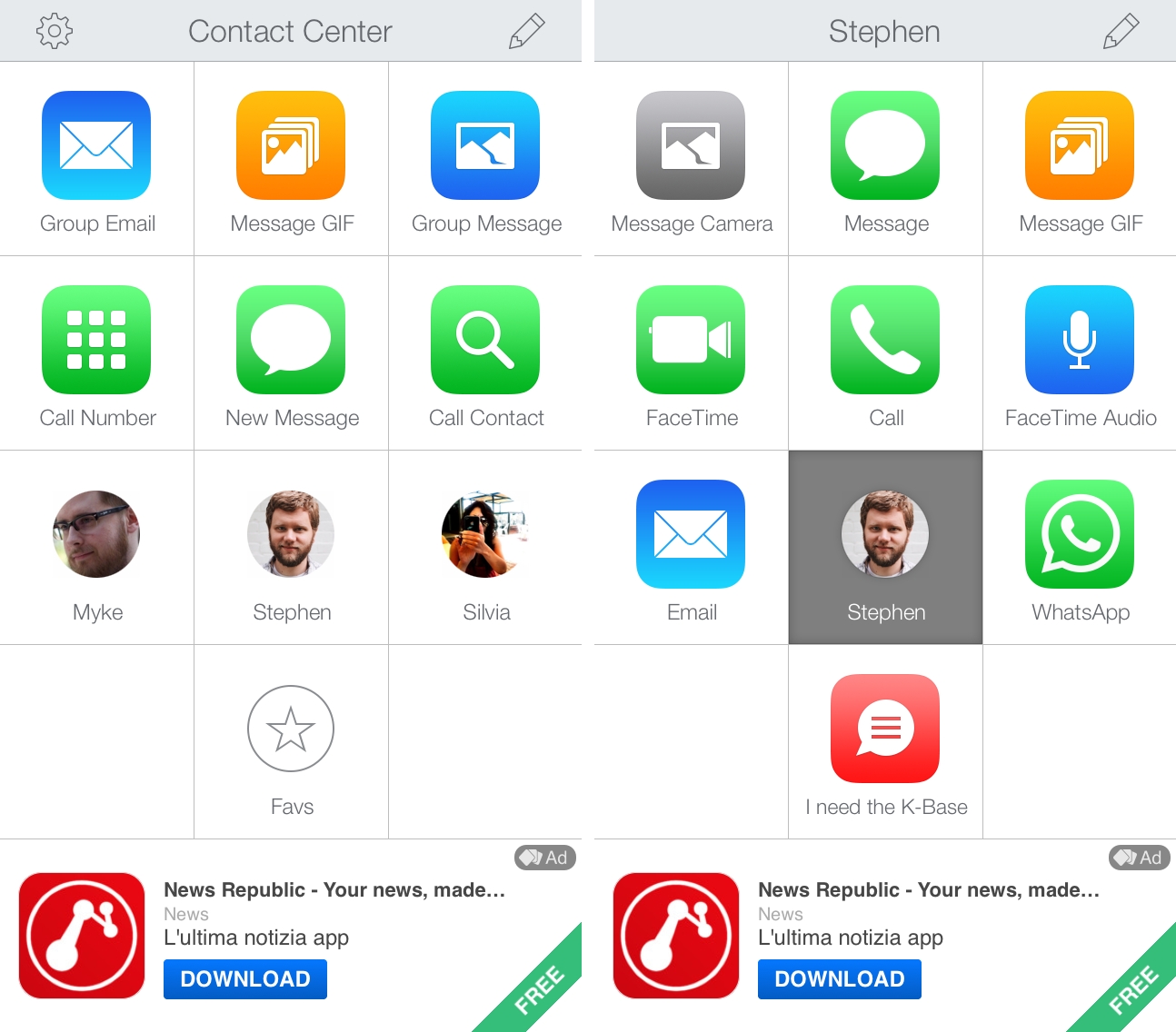“On a paper calendar, what you see is what you put in. We believe that over time, you’re going to put less and less stuff yourself – it’s just going to come automatically.”
Since launching Sunrise in February 2013, Pierre Valade, former UX designer at Foursquare, had a busy year. Started as an iPhone app aimed at reinventing digital calendars and how people manage their schedules, Sunrise quickly gained 250,000 users, added support for Exchange calendars, and expanded to the web, iPad, OS X, and Android. Valade and his team listened to Sunrise’s userbase and added better invitation management and Google Maps previews, but, more importantly, they had to deal with a data breach that forced them to switch to a new token-based authentication for iCloud. More recently, Sunrise launched native app integrations, building on the founders’ vision of a calendar that extends beyond events with a developer platform to let anyone to build services connected to Sunrise.
Valade wants digital omnipresence and modern features to be key elements of Sunrise, which is still a free app with over $8 million raised in funding thus far. And today, with the launch of version 2.5 on the App Store, Valade is hoping that new functionalities such as search, push for Google Calendar, and integration with Todoist will continue to offer the value that, according to his plan, should make Sunrise an app people can’t work without.





